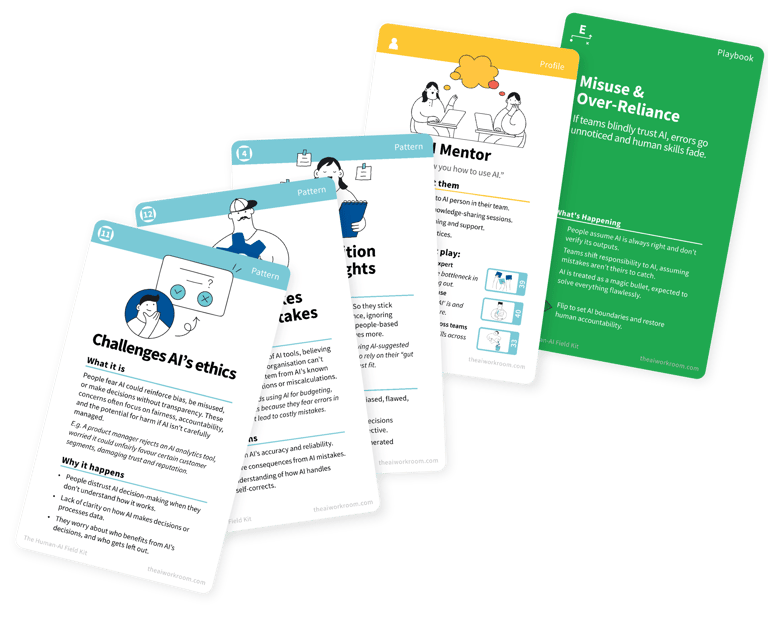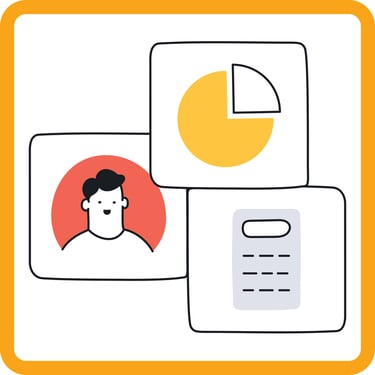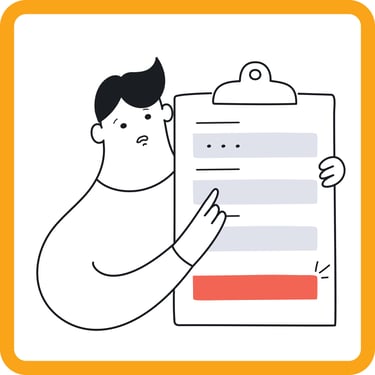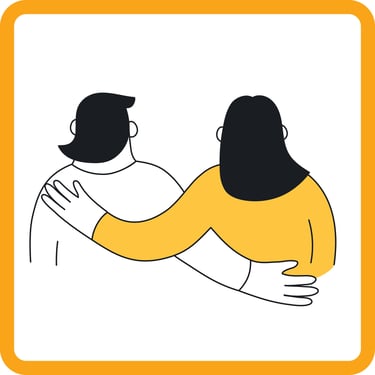5. Thinks AI is too basic for real work
BEHAVIOUR PATTERNBEHAVIOUR KIT
Lauren Kelly
People see AI as too simplistic to grasp the complexities or subtleties of their work. They doubt its ability to match human expertise in handling nuance, context, or creativity.
E.g. A marketing manager avoids using an AI copywriting tool, convinced it will miss the subtle undertones of their message.
Why it happens
Scepticism about AI’s capabilities.
Overconfidence in human ability to manage complex scenarios.
Limited awareness of how AI adapts to specific contexts.
Upsides
Keeps specific tasks human-led where it counts.
Pushes teams to refine AI for more nuanced, real-world needs.
Downsides
Dismisses AI in areas where it could simplify repetitive tasks.
Leaves people handling work AI could manage, slowing productivity.
Who you'll meet
Quick wins
Share case studies where AI successfully managed nuanced tasks.
Let teams test AI tools in low-risk scenarios and AI playgrounds to build trust.
Emphasise how AI complements, rather than replaces, human expertise.
Use the plays:
Prove AI’s Accuracy & Value




Turn AI into a Learning Tool
Methods that use the patterns
More patterns to explore
Get all 42 patterns and more in the HAP Behaviour Kit
A digital card kit that spots human friction, flips the behaviour, and turns AI skeptics into everyday users.
Works remote, hybrid, or in‑room.
£365
(+ applicable taxes)


Human-AI Performance
By Lauren Kelly
Contact: lauren@alterkind.com
© 2025 Alterkind Ltd. All rights reserved.
Human-AI Performance™ is a proprietary methodology developed by Alterkind Ltd using our Behaviour Thinking® framework. All content, tools, systems, and resources presented on this site are the exclusive intellectual property of Alterkind Ltd.
You’re welcome to use, share, and adapt these materials for personal learning and non-commercial team use.
For any commercial use, redistribution, or integration into client work, services, or paid products, please contact lauren@alterkind.com to discuss licensing terms.
Icons by Creative Mahira, The Noun Project.
Thanks to Nicholas Edell, Valentina Tan and multiple VPs implementing AI for your feedback during development.
LICENSE
Based on work at alterkind.com
For commercial licensing contact: lauren@alterkind.com






